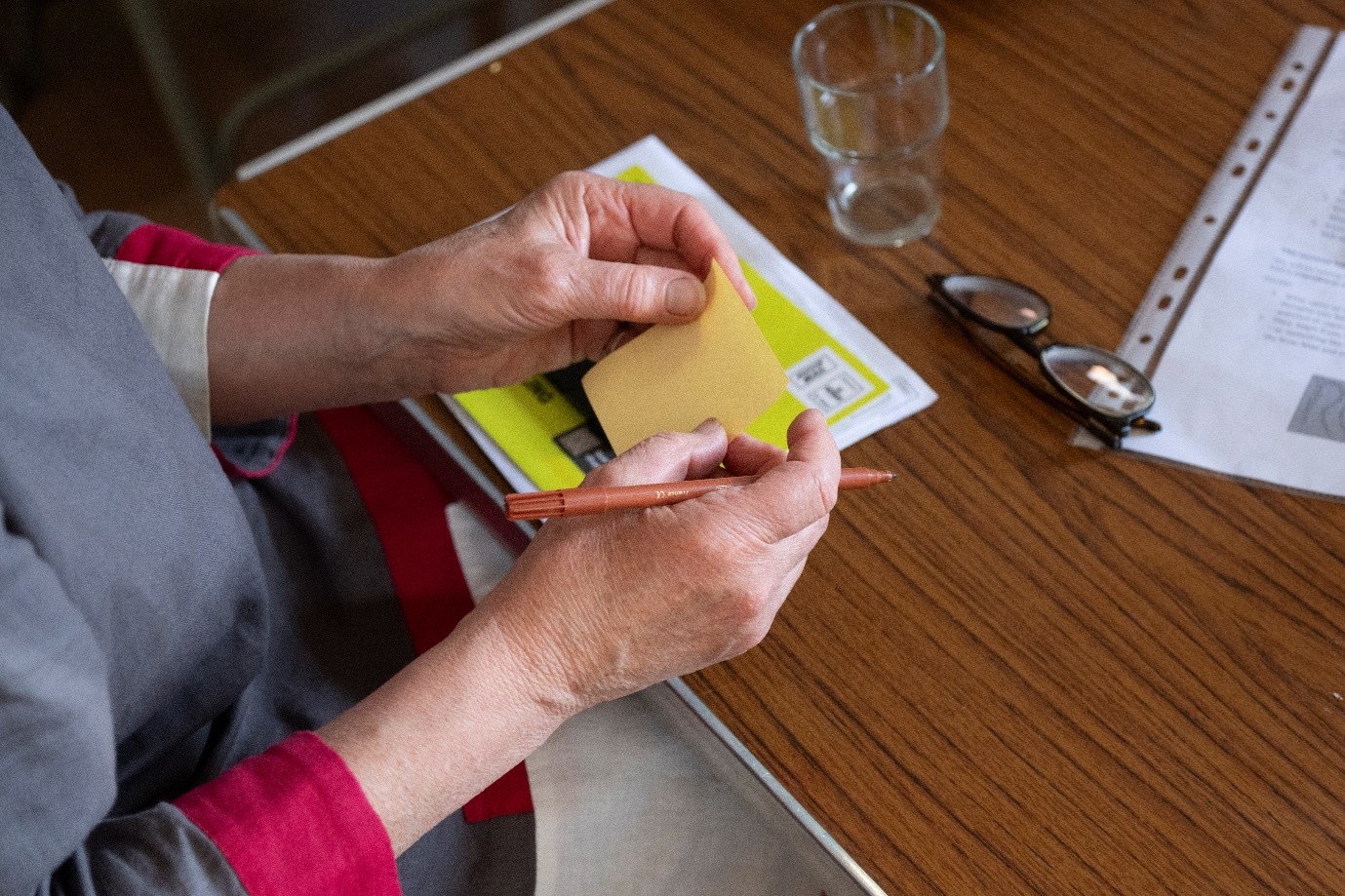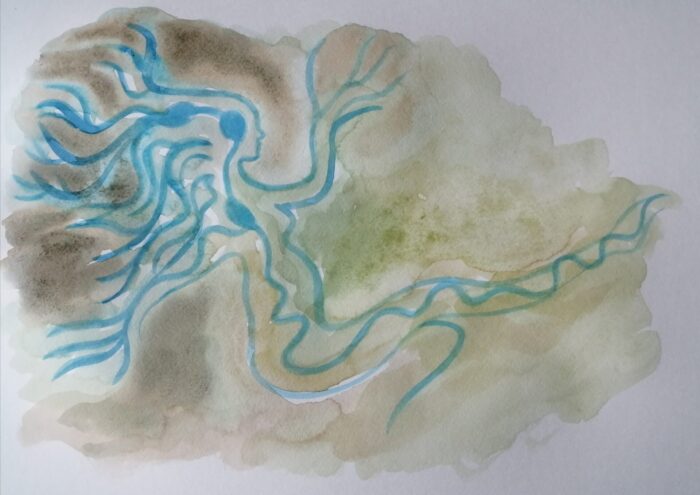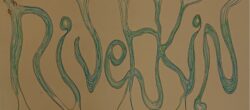Riverkin: Co-creating new forms of river management and care
Riverkin: Co-creating new forms of river management and care
Project overview
Riverkin draws on expertise of University of Leeds researchers and artists in collaboration with Nidd Action Group to explore riverkinship and its potential for generating alternative approaches to river management in the UK. Riverkin starts with the idea that human-nature relationships were once, and in many places still are, rooted in kinship, in familial care and responsibility. Kinship with rivers has formed a vital part of campaigns for water care and health in other parts of the world e.g. on the Whanganui River in Aotearoa New Zealand. However, in places driven primarily by capital, like the UK, rivers have become increasingly related to as ‘things’ to be exploited. This evolution from ‘kin’ to ‘thing’ bears significant responsibility for the UK’s current water crises. In a recent paper, we argue that reigniting riverkinship could help reverse this crisis. Business as usual is not an option, making it important to test alternatives now. This project has two main objectives:
- Co-create with River Nidd communities and stakeholders their (owned) concept of riverkinship.
- Identify with these groups practical ways riverkinship can apply to water management practices towards improved river-people-community wellbeing.
Towards these ends, we have hosted a number of events in Knaresborough, North Yorkshire.
From June 23rd to July 5th we are presenting some of the experiences, products and discussions from these events in an exhibition space in Knaresborough Library.
This will include people's ideas for reigniting kinship with the Nidd; James McKay's large-scale painting representing 'ancestral kinship' with the Nidd, done live on the banks of the river at our public engagement event on May 20th; a river soundscape produced by sound artist Jesse Cutts; and river-themed quilting pieces, produced by members of the public at the same event, facilitated by University of Leeds PhD student Madison Wright).

James McKay's artwork
Past events:
Thursday 1 May, 4 - 6pm, Centre on Gracious Street, Knaresborough HG5 8AN.
Evening discussion on kinship and river management and care, with short presentations, Q&A and discussion with three exceptional experts:
Cristy Clark, University of Canberra, a law scholar with a broad knowledge about kinship-based water management
Hayden Turoa, Researcher at the University of Canterbury, Māori leader and Project Director at the Whanganui Port Revitalisation Project
Nicolas Salazar Sutil, Writer, researcher, community builder, climate activist and founder of Guardians Worldwide.
Friday 2 May, ‘Floating Seminar’ with representatives from NAG, Yorkshire Water, Environment Agency, Kinship Carers, sound recordist, academics, photographer, and a videographer, all rowing together on the River Nidd. The idea was to discuss while physically connected to the river, with a workshop afterwards with participants to capture ideas.
 Floating Seminar |
 Ideas Generating Workshop |
Tuesday 20 May, 2 - 7pm:

Josh Cohen asks people to plot Nidd-related stories on a large map of the river. Image credit: Lens Lab Project.
Art-related public engagement event alongside the River Nidd in central Knaresborough. Passers-by were asked to express their memories, relationships, and thoughts associated with the Nidd, sharing these as map points, audio stories, and through Madison Wright’s highly engaging ‘Threads of Connection’ quilting activity. James McKay painted a large image reflecting ‘ancestral kinship’ with the Nidd, a idea influenced by our conversations on May 1st with Hayden Turoa, Cristy Clark and Nicolas Salazar Sutil on May 1st.
On the day, ITV1 Yorkshire came and interviewed David Clayden, Chairperson of project partners Nidd Action Group, and James McKay. The topic was water quality in the area. Information on the project was broadcast on ITV Yorkshire's Calendar North live programme on Tuesday 20th May.
 James McKay paints while David Clayden is interviewed by ITV1 Yorkshire. Image credit: Lens Lab Project. |
 Madison Wright’s quilting activity. Image credit: Lens Lab Project. |
Project team
Dr Josh Cohen, (Water@Leeds)

The Nidd, the Shining Goddess. The 3 reservoirs Angram, Scar and Gouthwaite form her hair, brain and heart. Image copyright James McKay. Used under a creative commons licence.

